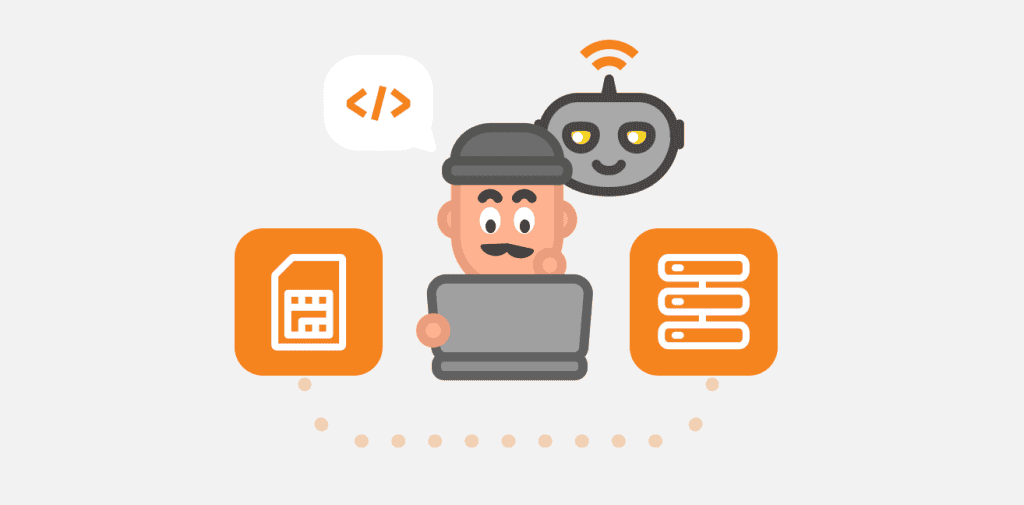These days, writing software code by hand is a waste of time — an AI agent can do it faster. However, the popularity of the language, framework, or API involved dictates how much data is available to the AI. This directly affects the quality of the code it generates and the amount of time a human needs to spend fixing and polishing the result. Since telecom protocols and applications aren’t as widely used as the mainstream frameworks and are often quite old, they’re generally not the best candidates for AI-generated code.
That’s why we built a system that drastically reduces the required scope of work for programming activation or deactivation of a user’s service in an external system, such as a mobile core, IPTV platform, etc. You just create a micro-service to handle an inbound HTTP request (something even the most basic AI agent can easily do) and map your data to a request in the external system’s proprietary API.
Now, it’s simpler than ever to programmatically update a user configuration in an external system when PortalBilling detects an event like a product change. Simply instruct an AI agent to create a few basic functions, and you (or the AI agent) do not even need to learn the PortaBilling API!
Join our webinar to learn more details about the NSPS, PortaBilling API v2.0, and other improvements that allow you to build new functionality in the era of AI coding.
We will also cover a few other recent improvements, such as the ability to add your own widgets to the Cloud PBX portal and even the PortaBilling admin interface, and how PortaBilling API v2.0 makes it easier for humans and AI agents to work with the data.
By attending this webinar, you will:
- Build a real connector in under 10 minutes: Learn how to go from an API specification to a working integration — fast. You’ll see how to automate provisioning tasks, like activating a SIM card in the HSS when a new subscriber is created in PortaBilling — using vibe coding and an AI agent to generate the code for you.
- Use API 2.0 to simplify integration: Get hands-on exposure to PortaOne’s modern API, with consistent data structures and easier access to the information
- Leave with a working example: We’ll build and deploy a connector during the session, showing you each step from configuration to live testing.
What to expect
- A quick intro to NSPS and how it simplifies the life of a developer
- A live demo: building a real provisioning connector from scratch (e.g., activate a new account in a proprietary system)
- Step-by-step walkthrough of using web UI plugins to show additional data in the Cloud PBX UI
- Using PortaOne API v2.0
- Live Q&A – get your questions answered directly by PortaOne’s CEO and Chief Product Officer
Who should attend
- MVNOs and regional mobile operators
- CSPs
- DevOps, network engineers, and system integrators
- Anyone who’s ever asked: “Can we make this provisioning change without opening a ticket?”











